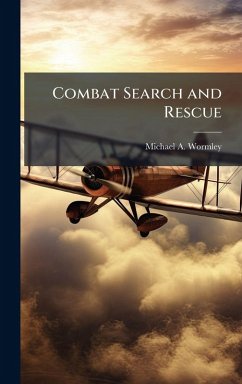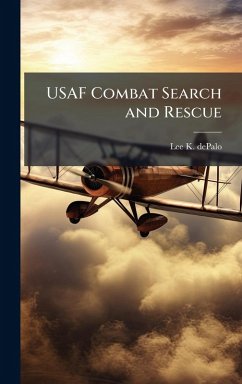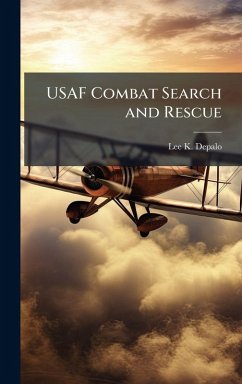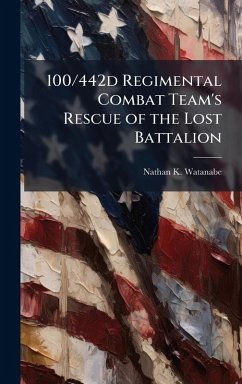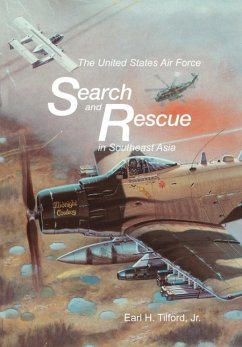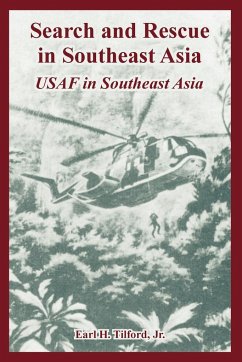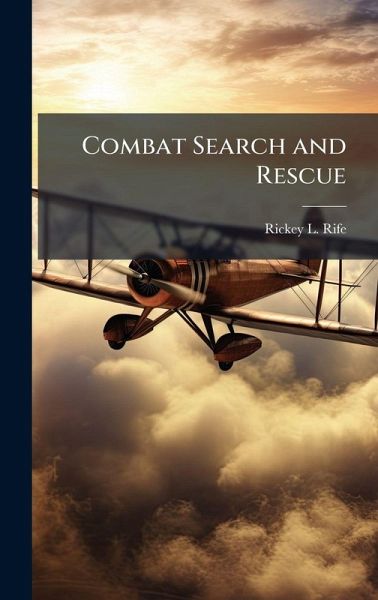
Combat Search and Rescue
Versandkostenfrei!
Versandfertig in über 4 Wochen
28,99 €
inkl. MwSt.
Weitere Ausgaben:

PAYBACK Punkte
14 °P sammeln!
Our National Military Strategy is based on rapid introduction of overwhelming combat power to achieve decisive results with minimum casualties. Air power is a key component of this strategy. To effectively employ air power requires an inherent capability be resident in the force structure which can conduct deep interdiction rescue operations to recover downed aircrews. Currently, Combat Search and Rescue is an individual service responsibility which fails to adequately support air campaign requirements, and as a consequence the warfighting CINC's operational objectives. Combat Search and Rescu...
Our National Military Strategy is based on rapid introduction of overwhelming combat power to achieve decisive results with minimum casualties. Air power is a key component of this strategy. To effectively employ air power requires an inherent capability be resident in the force structure which can conduct deep interdiction rescue operations to recover downed aircrews. Currently, Combat Search and Rescue is an individual service responsibility which fails to adequately support air campaign requirements, and as a consequence the warfighting CINC's operational objectives. Combat Search and Rescue is an emotional, often controversial issue with historical roots over fifty years old. From its inception in World War II through the current force structure capability, CSAR has been the victim of diminishing budgets, leadership apathy, and decreasing resources. Joint doctrine is flawed, there is duplication of effort resulting in wasted manpower and resources, no centralized direction, and little interoperability. Service parochialism also impedes attempts to resolve this critical problem. This paper examines historical lessons, joint doctrine, individual service doctrine, and the National Military Strategy. It then recommends an alternative solution which provides the theater CINC's with a robust CSAR capability. This work has been selected by scholars as being culturally important, and is part of the knowledge base of civilization as we know it. This work was reproduced from the original artifact, and remains as true to the original work as possible. Therefore, you will see the original copyright references, library stamps (as most of these works have been housed in our most important libraries around the world), and other notations in the work. This work is in the public domain in the United States of America, and possibly other nations. Within the United States, you may freely copy and distribute this work, as no entity (individual or corporate) has a copyright on the body of the work. As a reproduction of a historical artifact, this work may contain missing or blurred pages, poor pictures, errant marks, etc. Scholars believe, and we concur, that this work is important enough to be preserved, reproduced, and made generally available to the public. We appreciate your support of the preservation process, and thank you for being an important part of keeping this knowledge alive and relevant.



